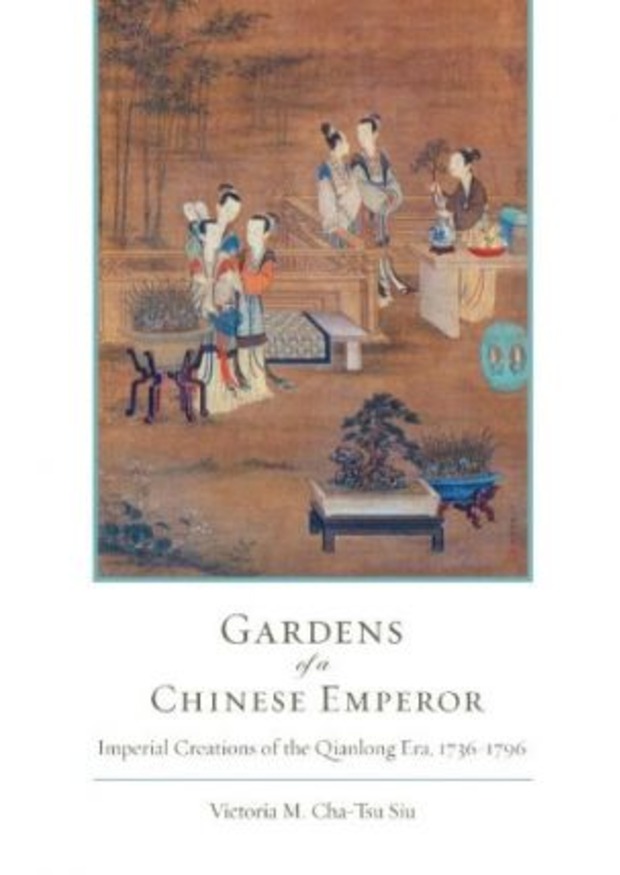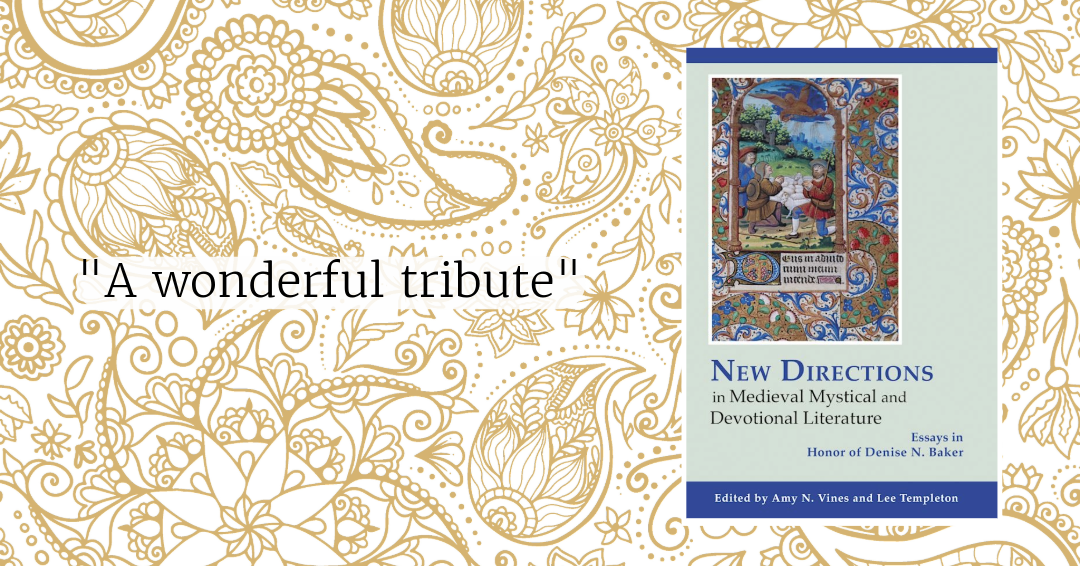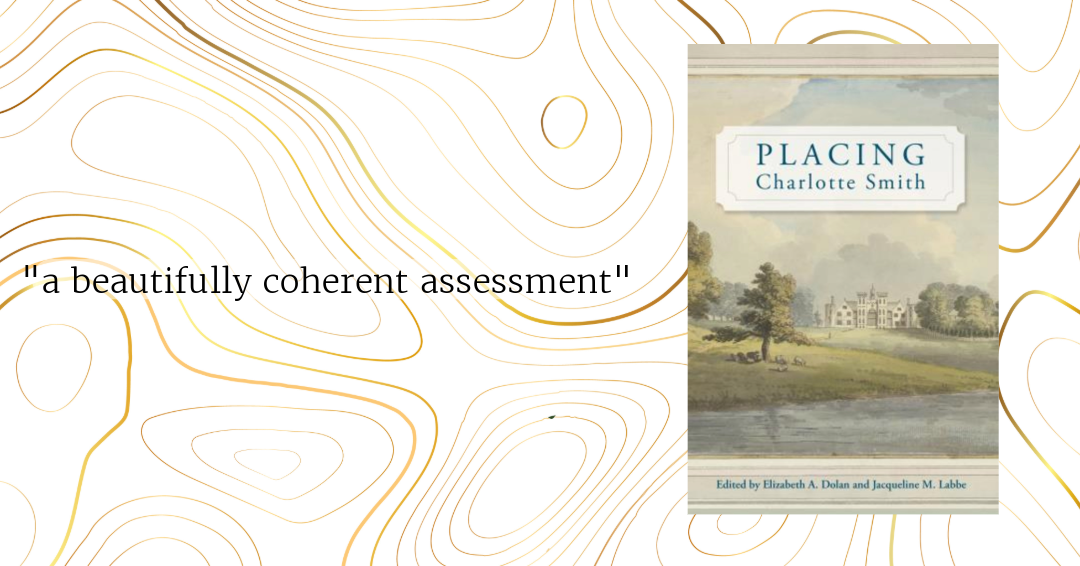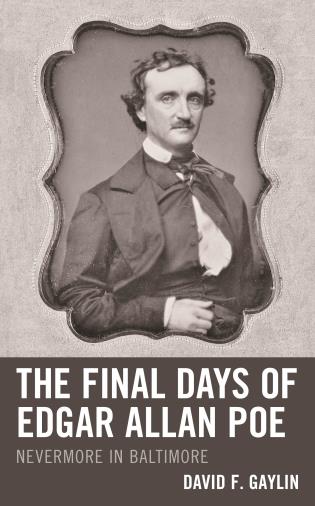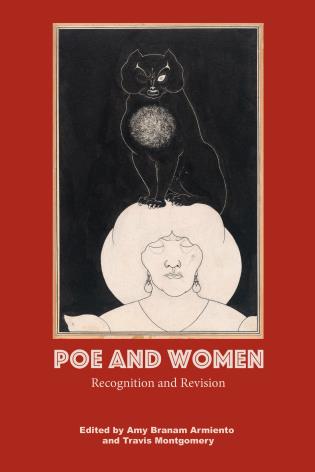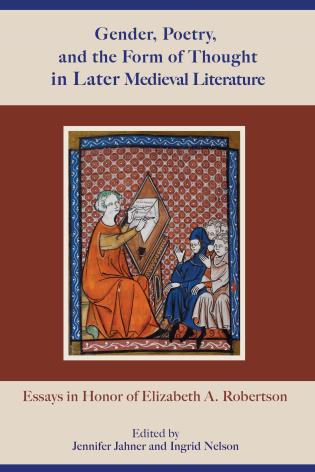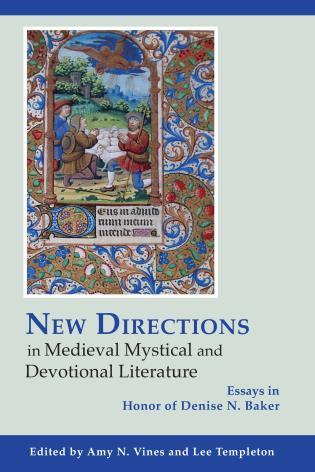Imperial Creations of the Qianlong Era, 1736-1796
The Garden of Perfect Brightness (Yuanming Yuan) in the western suburbs of a Qing capital, Beijing, was begun by the great Kangxi emperor (r. 1661-1722), expanded by his son, the Yongzheng emperor (r. 1722-1736), and brought to its greatest glory by his grandson, the Qianlong emperor (r. 1736-1796). A lover of literature and art, the Qianlong emperor sought an earthly reflection of his greatness in his Yuanming Yuan. For many years he designed and directed an elaborate program of garden arrangements. Representing two generations of painstaking research, this book follows the Qianlong emperor as he ruled his empire from within his garden. In a landscape of lush plants, artificial mountains and lakes, and colorful buildings, he sought to represent his wealth and power to his diverse subjects and to the world at large. Having been looted and burned in the mid-nineteenth century by Western forces, it now lies mostly in ruins, but it was the world’s most elaborate garden in the eighteenth century. The garden suggested a whole set of concepts—religious, philosophical, political, artistic, and popular—represented in landscapes and architecture. Just as bonsai portrays a garden in miniature, the imperial Yuanming Yuan at the height of its splendor represented the Qing Empire in microcosm.
Includes 62 color plates and 35 black & white photographs.
Reviews:
China's most illustrious and ambitious garden-lover was the 18th-century emperor Qianlong. He furthered the efforts of two generations of emperors before him, and this book chronicles the cultural history of his efforts and their significance. The author's father's original studies of the imperial gardens around Beijing and their mid-19th century destruction laid the groundwork for the book. Siu (deceased; formerly, Religious of the Sacred Heart; PhD, US-Chinese relations) analyzes and describes the importance, on many levels, of these extensive parks and gardens in which, for the most part, Qianlong lived and ruled his empire. One main garden and four satellite gardens constitute Qianlong's 'Garden of Perfect Brightness,' the most elaborate imperial garden in its heyday in the 18th century. China's long tradition of relating architectural elements with water and mountains is the basis for the development of these huge gardens. Ceremonies and rituals were regularly performed in them, and surviving records, discussed by the author, document the details of the emperor's activities. Unfortunately, the reproductions both in black and white and color are often out of focus or lack sharpness; nevertheless, this book should be useful to historians interested in the Qing dynasty. Summing Up: Recommended. Asian history and garden/botanical history collections serving graduate students and researchers/faculty.
--L. G. Kavaljian, California State University, Sacramento, Choice
